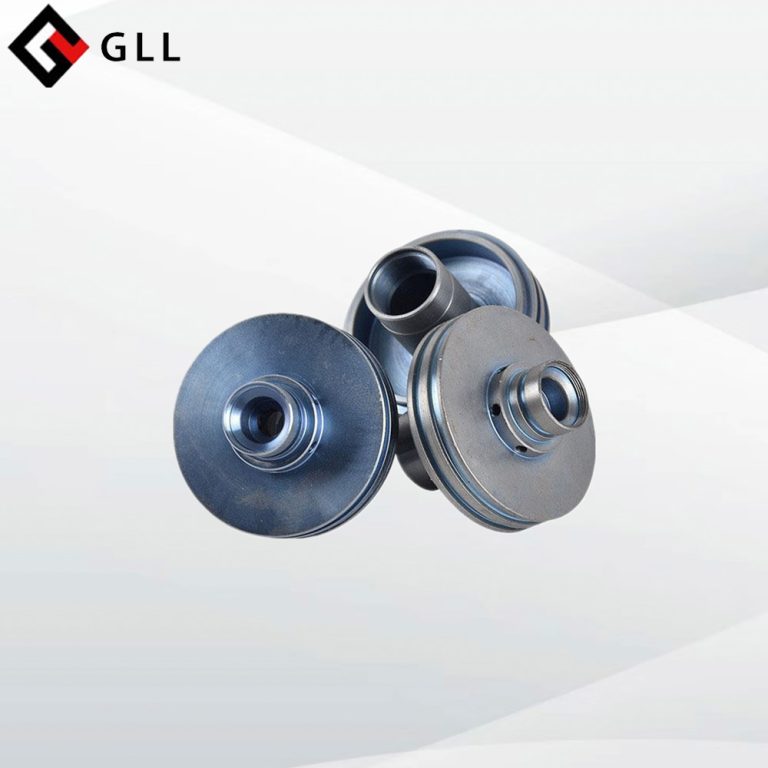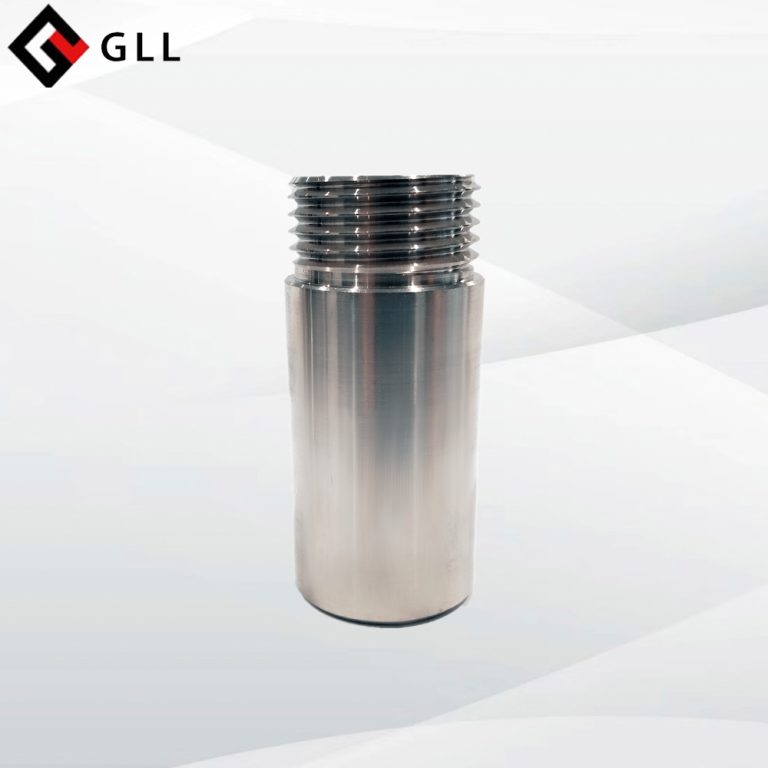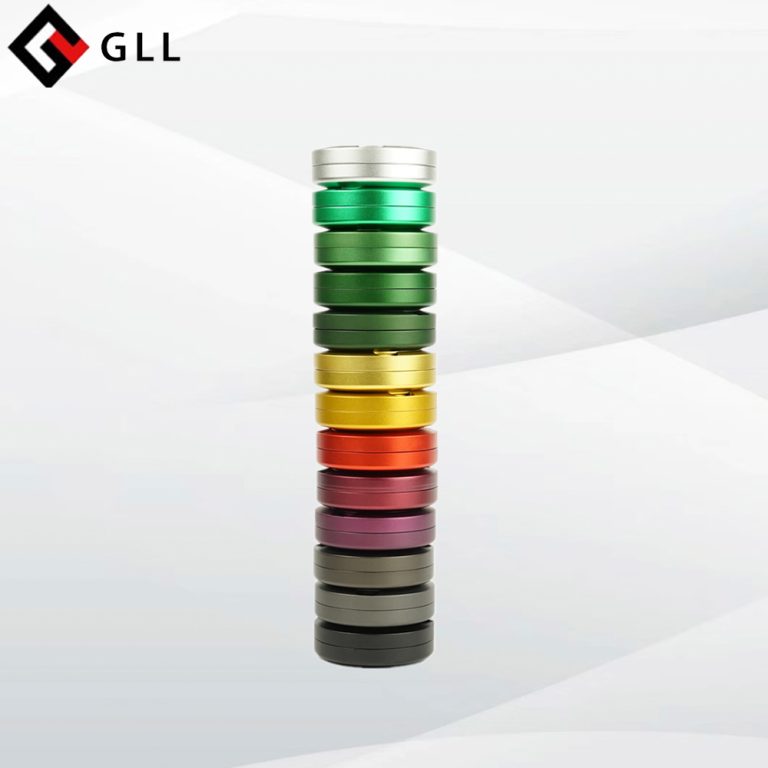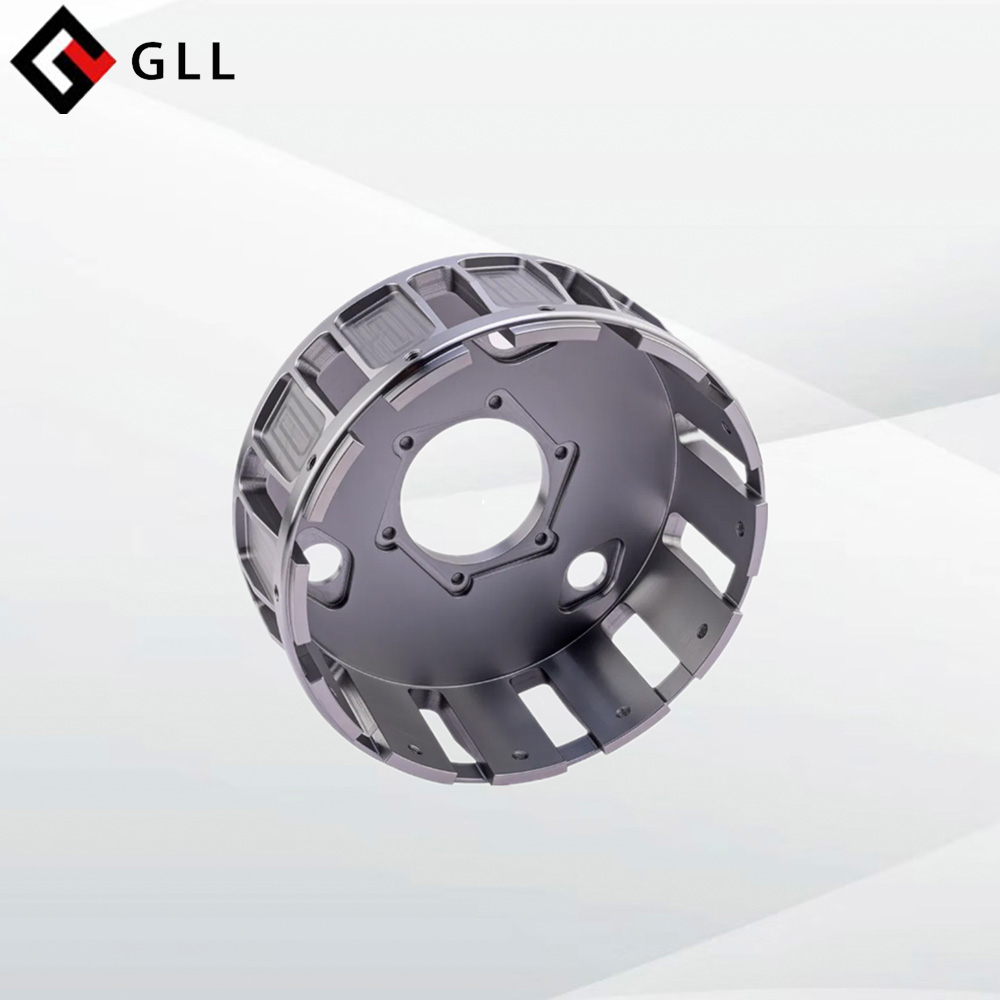
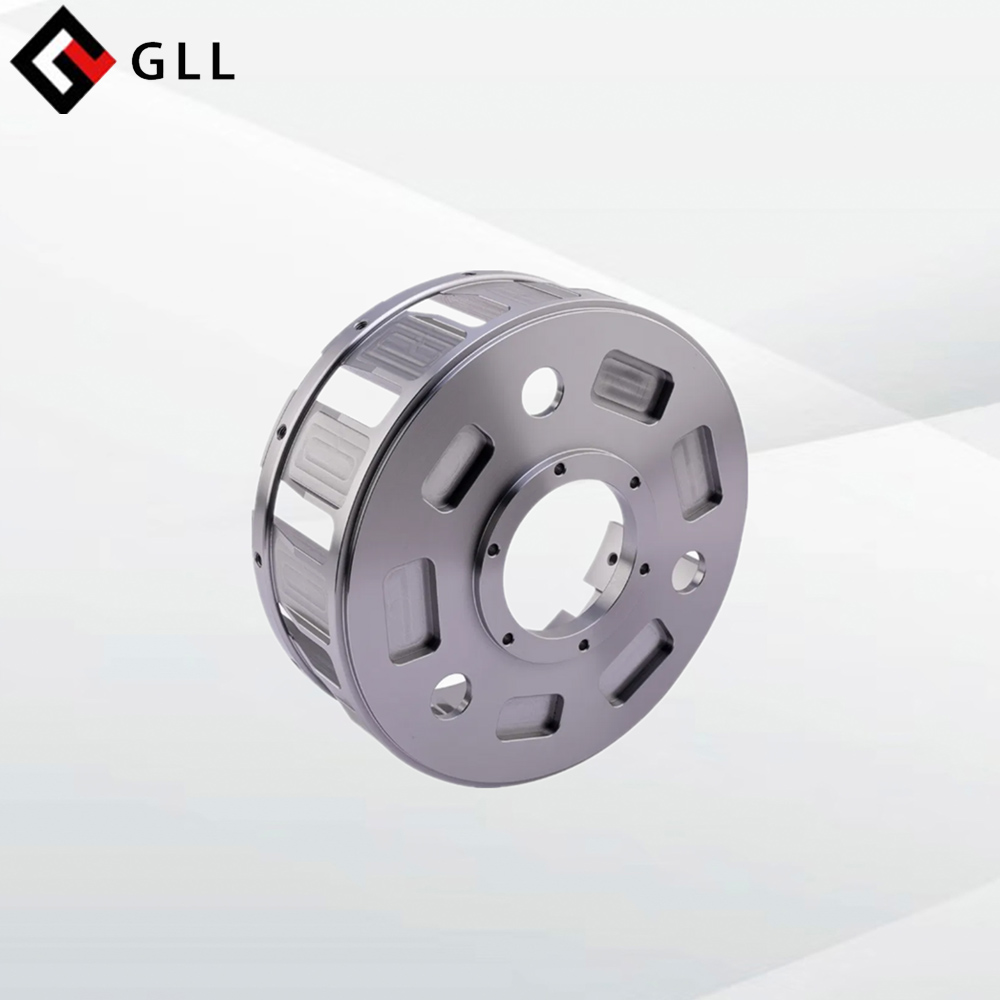
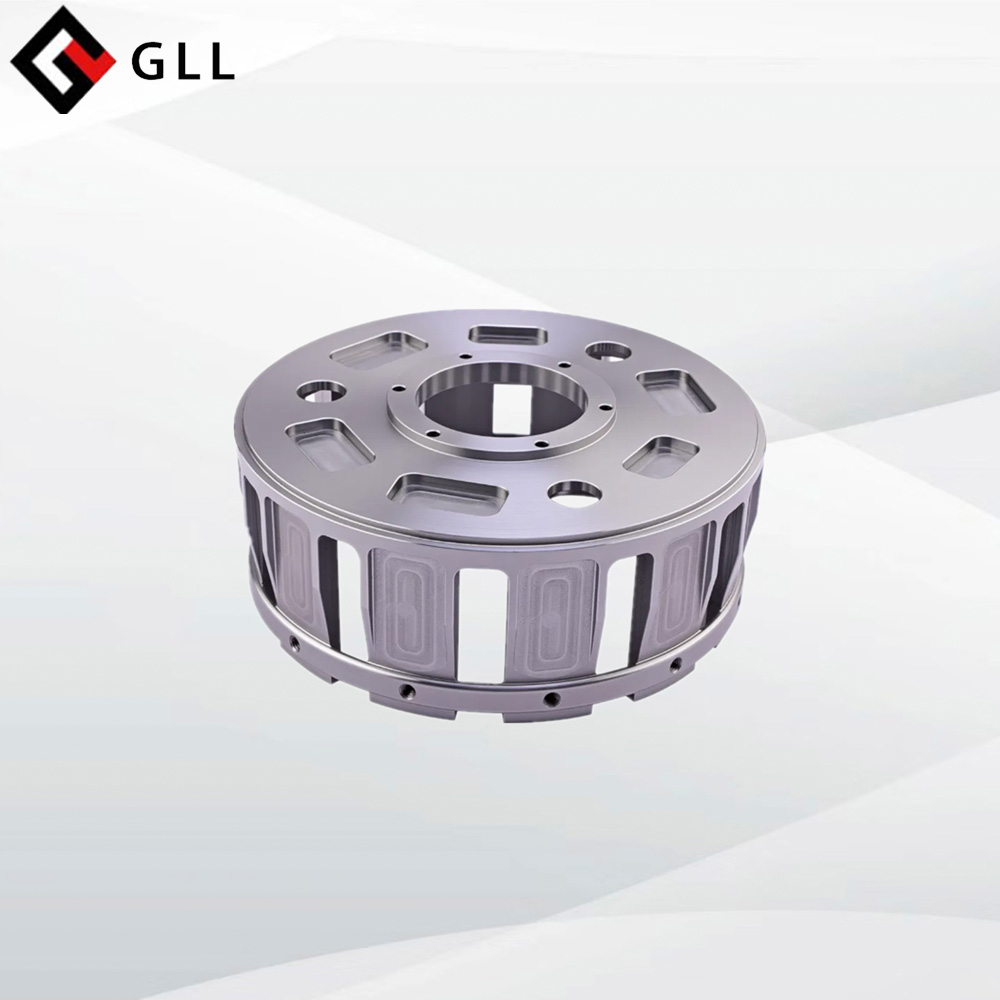
Automatic transmissions generate high temperatures when running at high speeds, under heavy loads, or when starting and stopping frequently. Traditional cast iron housings are prone to deformation or cracking due to thermal stress. GLL aluminum clutch housings achieve the following breakthroughs through high thermal conductivity aluminum alloy formula and bionic heat dissipation structure design:
Efficient heat dissipation: GLL used Aluminum has a thermal conductivity over three times higher than that of cast iron, allowing it to significantly lower the operating temperature of the clutch assembly and reduce the risk of friction plate overheating and failure.
High temperature stability: Under extreme working conditions of more than 200°C, dimensional accuracy can still be maintained to avoid seal failure or abnormal noise caused by thermal expansion.
GLL aluminum clutch housing has the following core advantages:
1. Lightweight design Material selection: Aviation-grade aluminum alloy (such as 6061-T6 or 7075-T6) is used, with a density of only 1/3 of that of steel.
Structural Optimization: GLL adapts topology optimization and finite element analysis (FEA) remove excess material without compromising strength, improving fuel efficiency and electric range.
2. Excellent heat dissipation performance Heat dissipation rib design: The shell surface is integrated with efficient heat dissipation ribs to increase the contact area with the air and quickly remove the heat generated by clutch friction.
Thermal stability: The high thermal conductivity of aluminum alloy (about 3 times that of steel) ensures stable operation of the gearbox under high temperature conditions and extends the life of key components.
3. Precision manufacturing process Processing accuracy: five-axis linkage CNC machine tool processing is adopted, and the key dimension tolerance is controlled within ±0.02mm to ensure perfect matching with other components of the gearbox.
Surface treatment: hard anodizing or Dacromet coating to improve corrosion resistance and wear resistance, and adapt to harsh environments.
4. Customization capability Modular design:
support adjustment of interface size, installation hole position and oil circuit layout according to the customer’s gearbox structure.
GLL relies on computer-aided design (CAD) and finite element analysis (FEA) technology to optimize the housing structure in multiple rounds to ensure:
Uniform stress distribution: reduce stress concentration points through topological optimization and improve torque impact resistance.
High-precision assembly: tolerance is controlled within ±0.05mm, perfectly adapted to mainstream gearbox models (such as AT, CVT, DCT).
Low noise performance: optimize housing stiffness and damping characteristics, effectively suppress gearbox howling and vibration, and improve driving comfort.
FAQ
Q1: Is the aluminum clutch housing more easily deformed than steel?
A: By optimizing the alloy composition and heat treatment process (such as T6 treatment), the tensile strength of aluminum alloy can reach more than 310MPa. Combined with the structural reinforcement design, it fully meets the high torque working conditions of the gearbox.
Q2: How to quantify the heat dissipation performance?
A: The measured data shows that in the continuous high-load test, the temperature of the key area of GLL aluminum housing is 15%-20% lower than that of the steel housing, which effectively delays the wear of the clutch plate.
Q3: Does it support small batch customization?
A: Yes, GLL Manufacturing provides full-process customization services from design to production.

